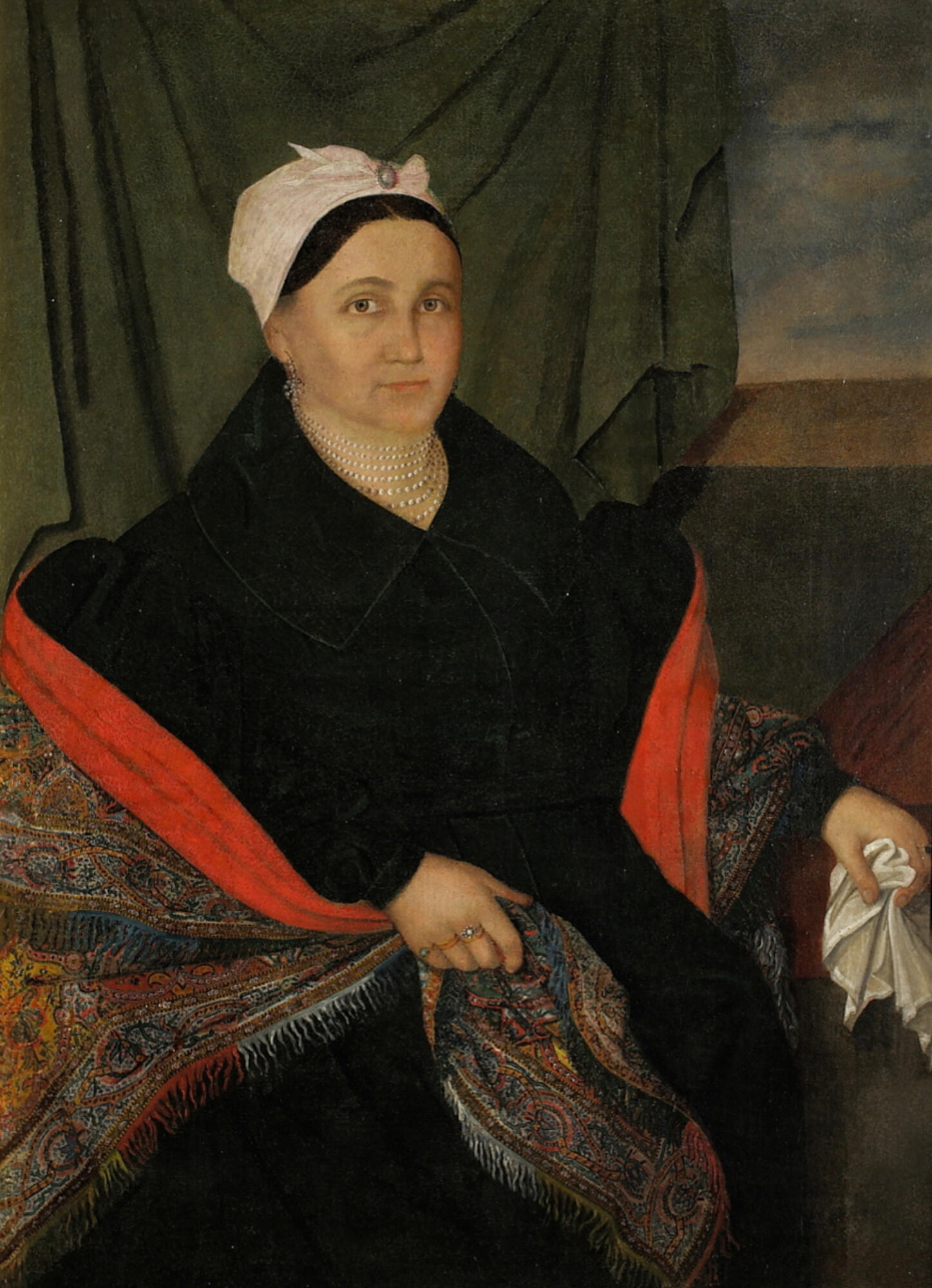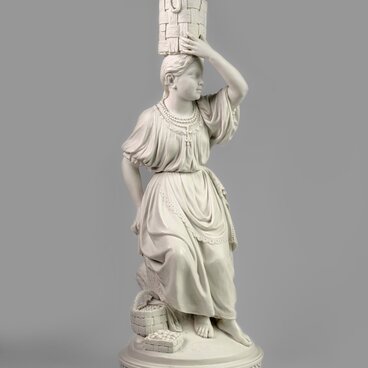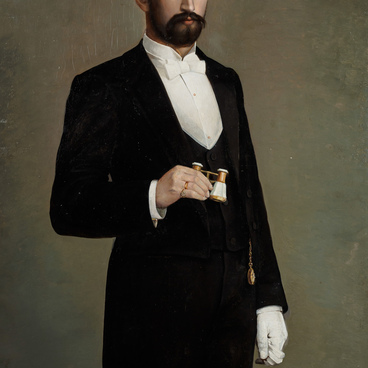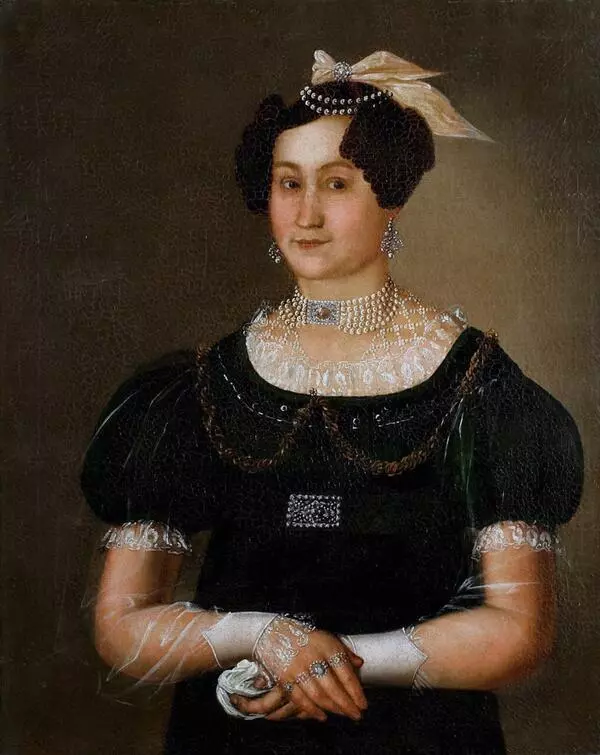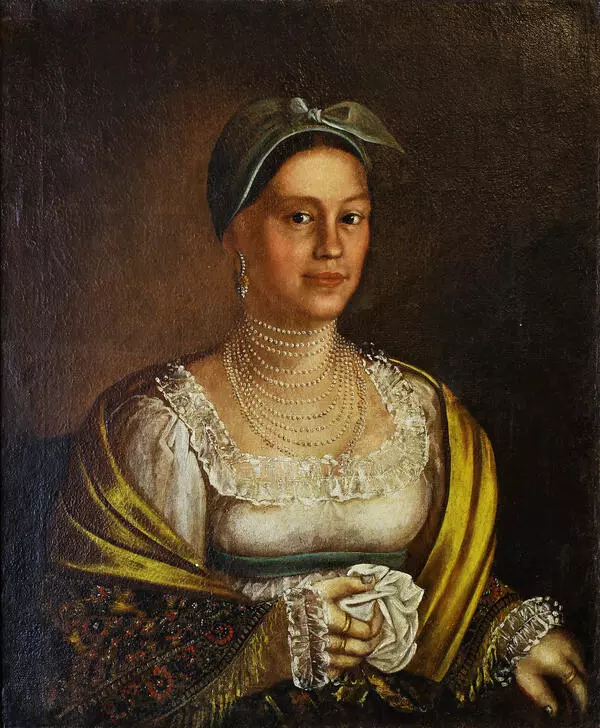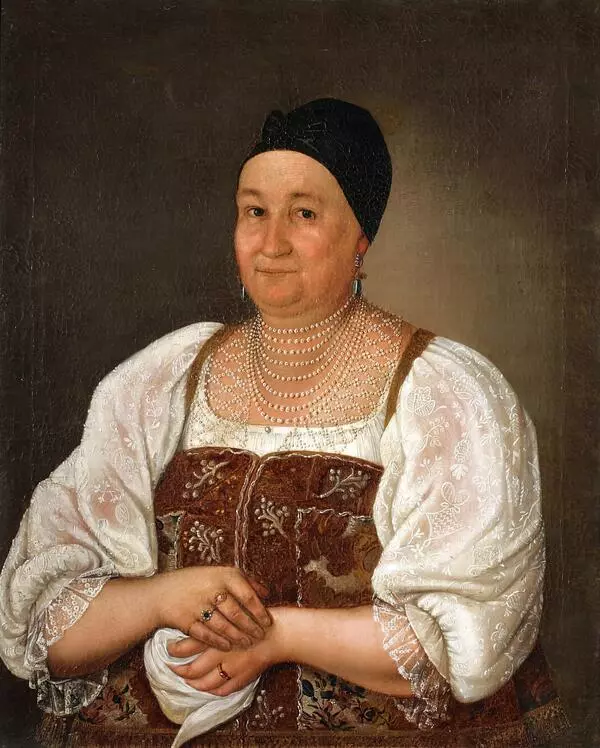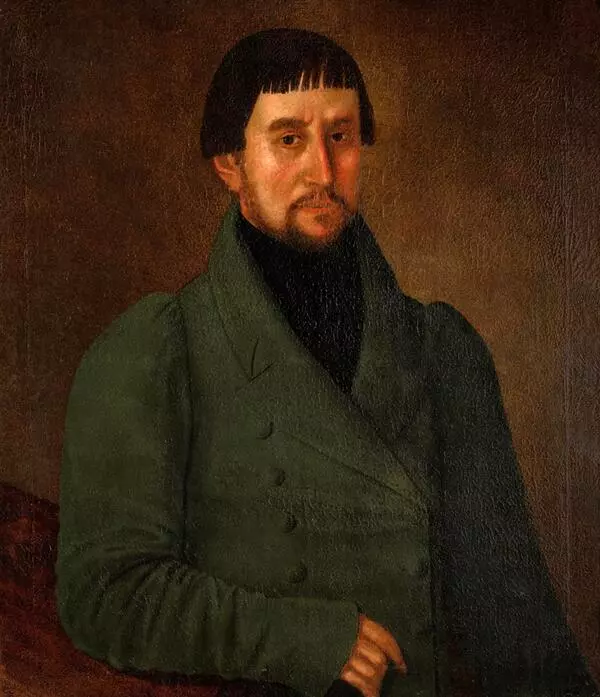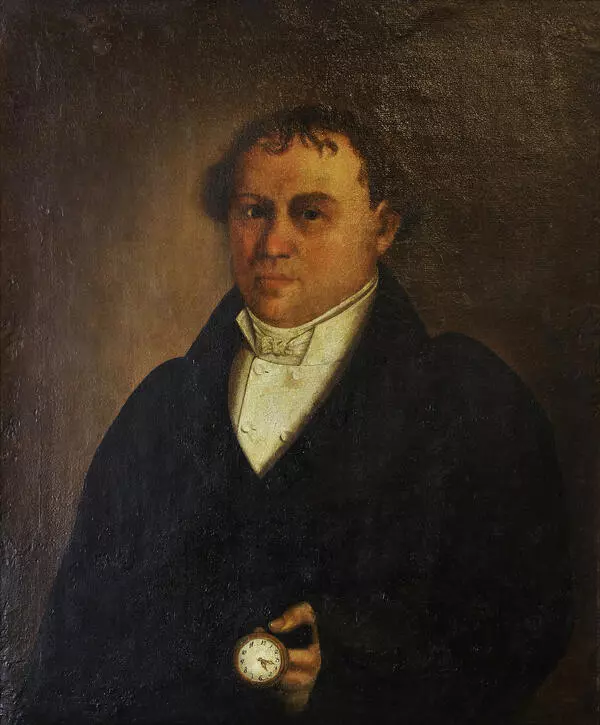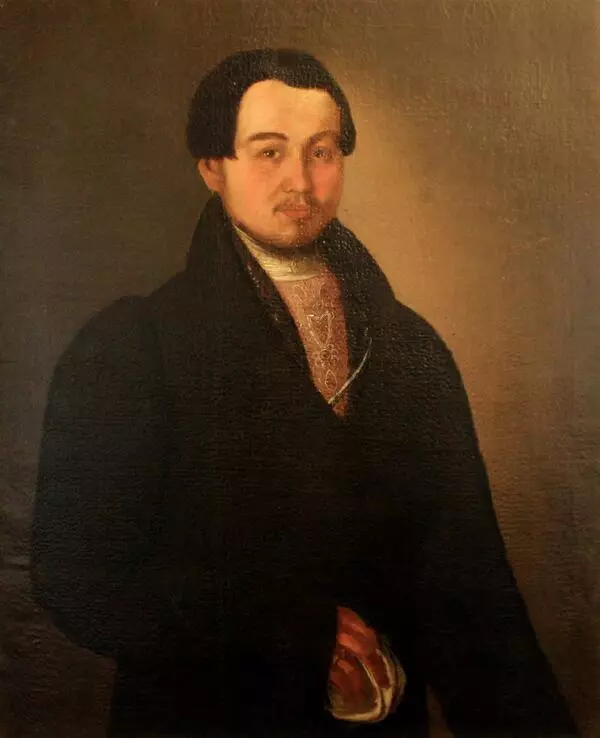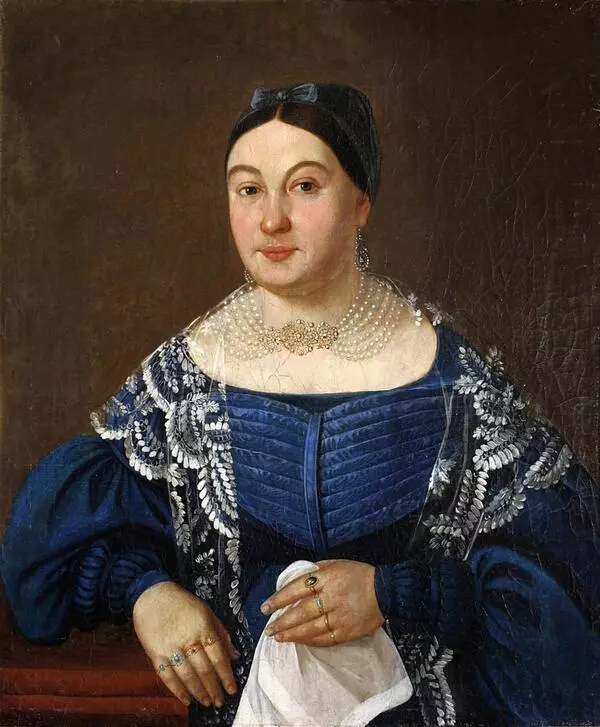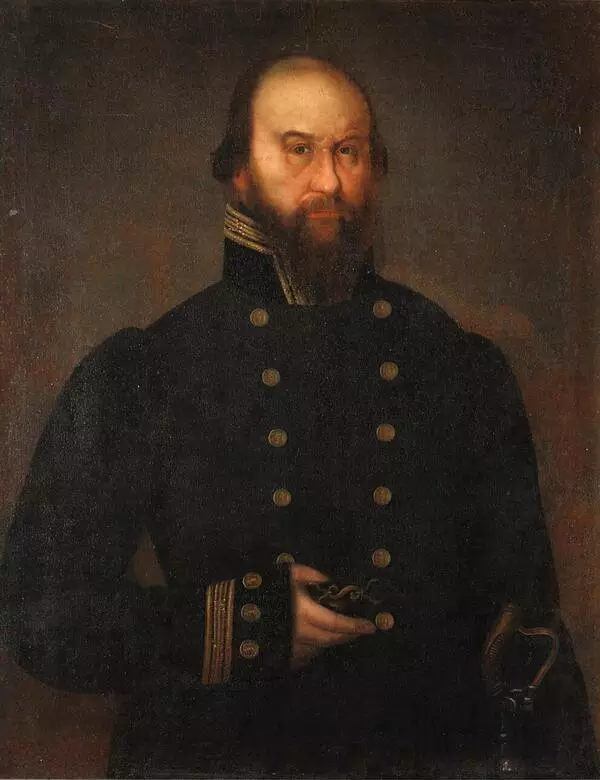From childhood, the Ozhigov sisters were fond of fashion: in his notes, Dmitry Kochurikhin, Ripsimiya’s husband, mentioned buying fabric and ordering dresses from dressmakers. At times, the husband complained about his wife being dissatisfied with the lack of new clothes for a holiday and about her staying away from their house for a long time. Ripsimiya Tikhonovna enjoyed spending time with her parents and often stayed overnight there. She also visited the city cathedral with her younger sister Varvara and went riding. The young women seemed to contradict the common opinion about the reclusive life of merchant wives and daughters and enjoyed “watching people” and especially “showing themselves”.
The State Hermitage houses a portrait by Tarkhanov that is believed to depict Ripsimiya Tikhonovna’s sister Varvara and her husband Yakov Borisovich Mekhov. Supposedly, the artist painted these portraits a year after the portrait of Ripsimiya. Interestingly, when sitting for a portrait, Varvara also chose a black dress but with a deeper neckline, as well as a scarlet shawl with a complicated pattern, and a pink headband. It is likely that the composition of portraits — almost full-length instead of half-length and the interior of a room instead of a dark background — was specified in the order and reflected the love of material possessions that was typical of this young woman who called the shots in the house. Tarkhanov rarely painted in the daylight, and it is fair to assume that, although made up of actually existing objects, the background was added later as a flat scene cloth in a theater.
The artist depicted Ripsimiya Tikhonovna at the age of 36, in the prime of her life. She had three children, and her husband’s business was looking well, but the young and cheerful woman died before turning 40 (in the local register, “apoplexy” was specified as the cause of death). Her husband Dmitry Fyodorovich Kochurikhin married a “confirmed dissenter”.
